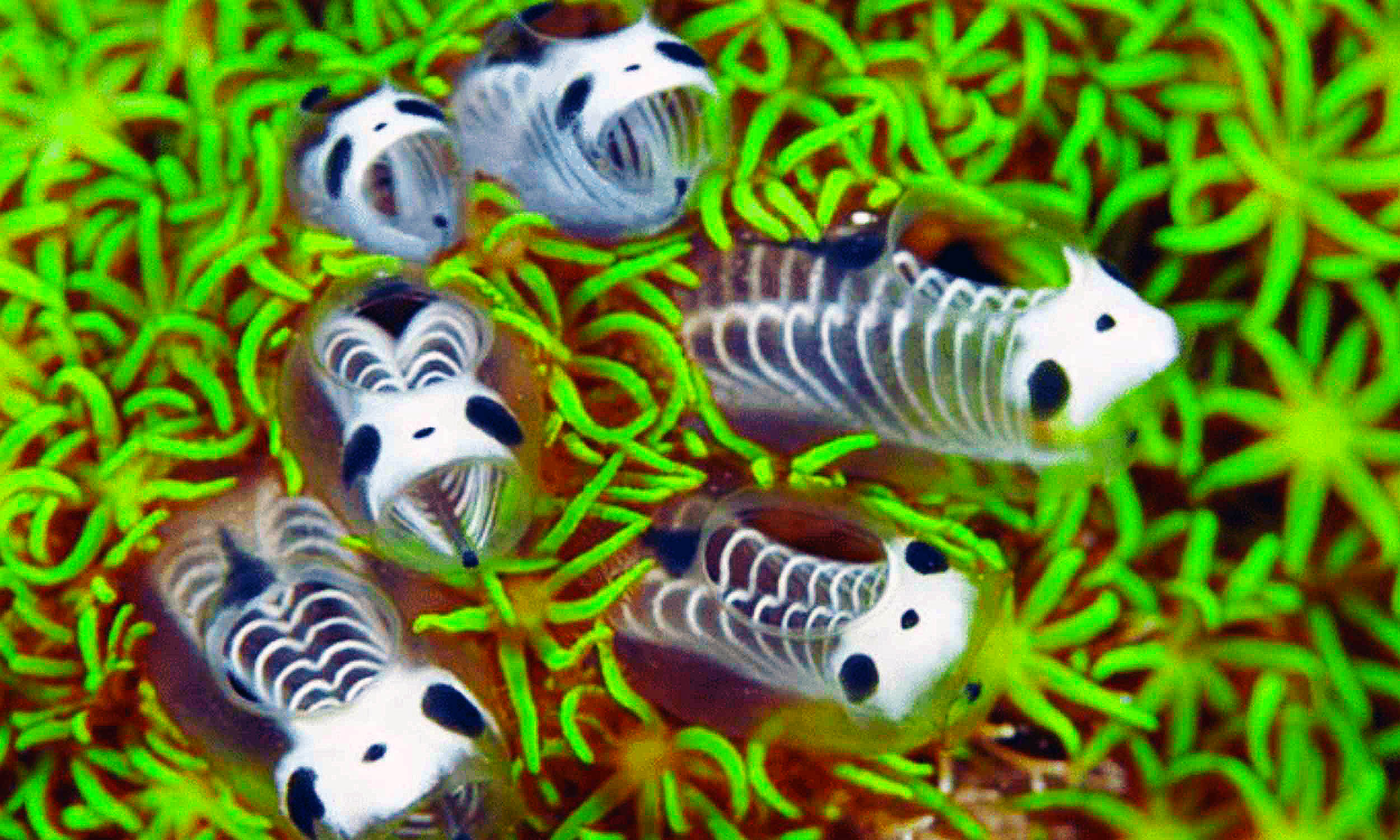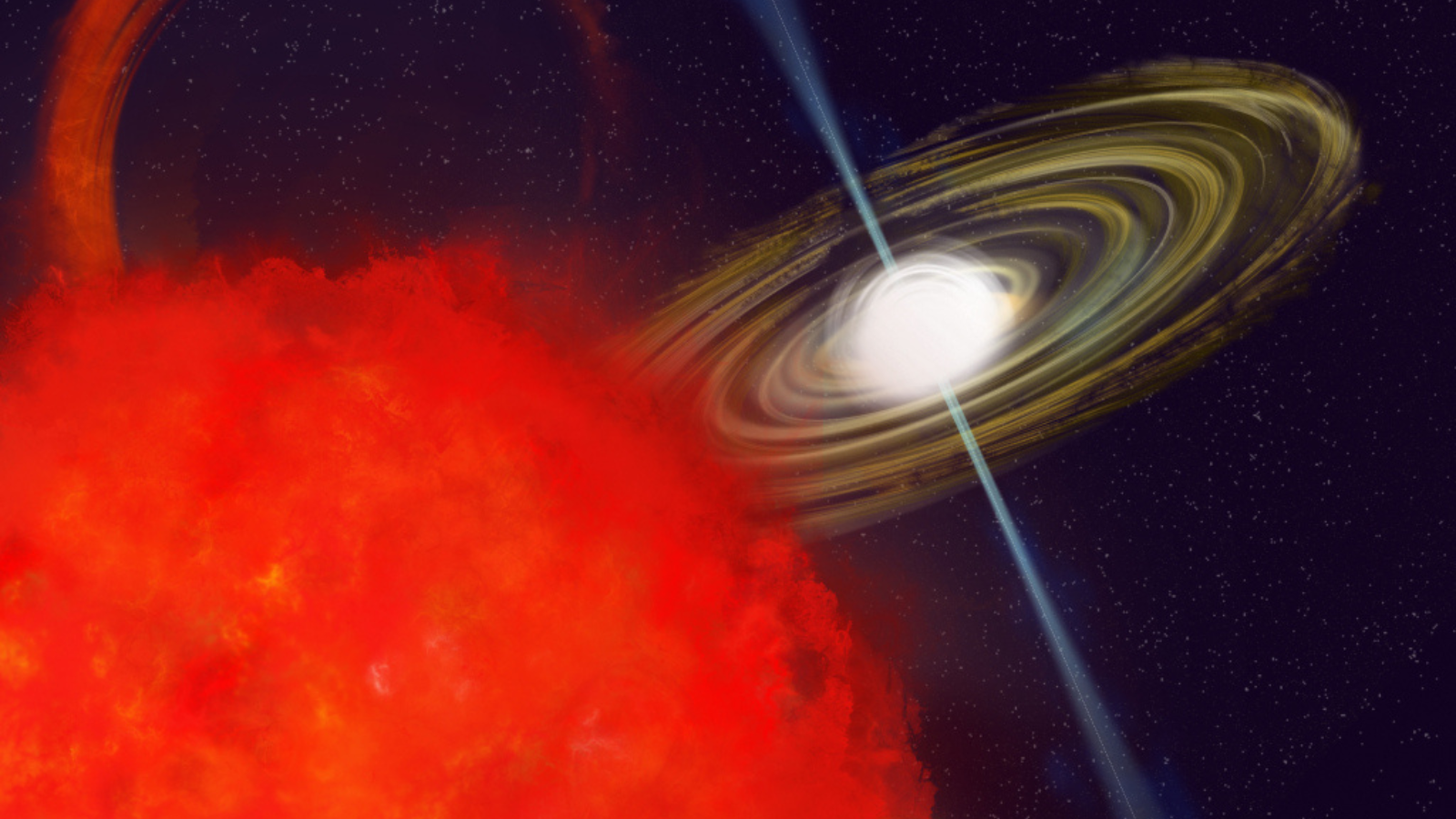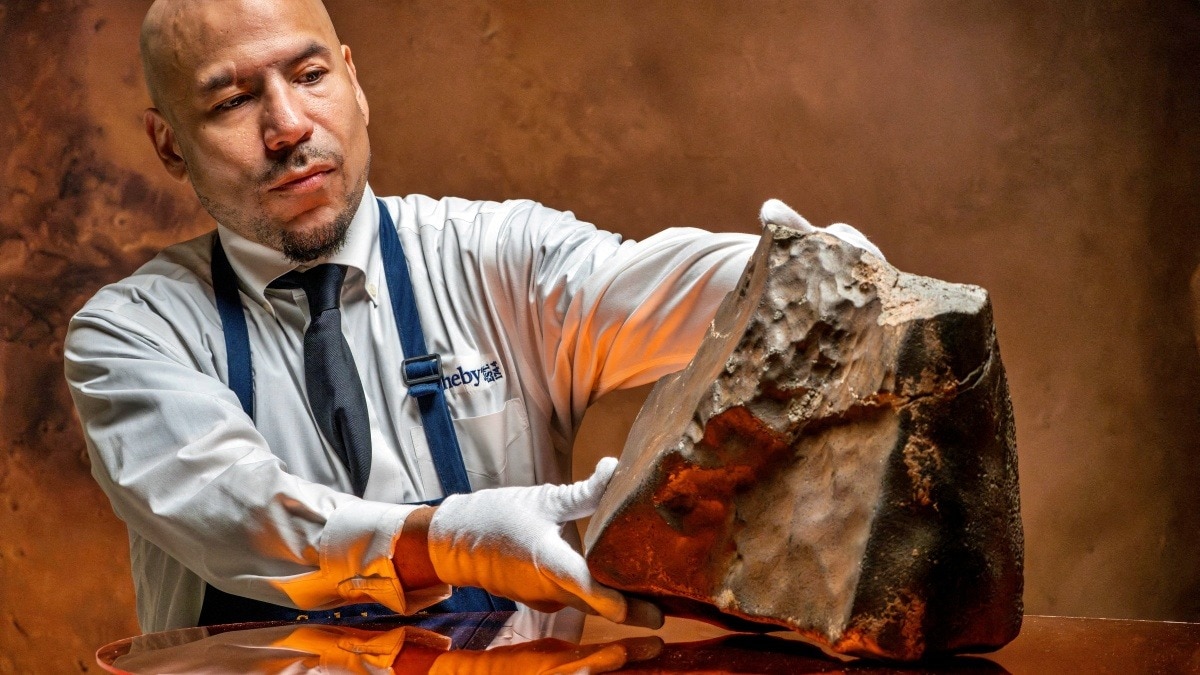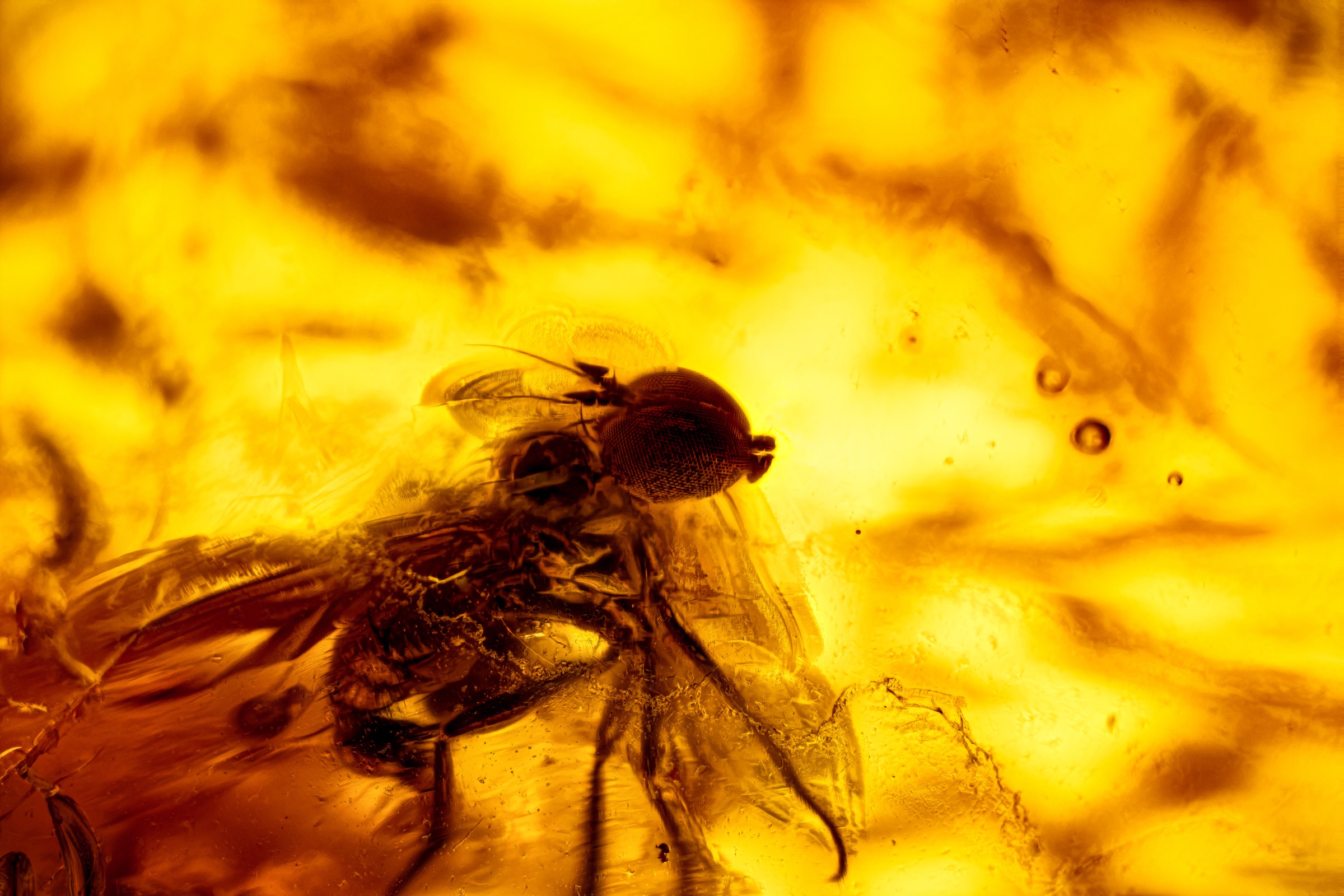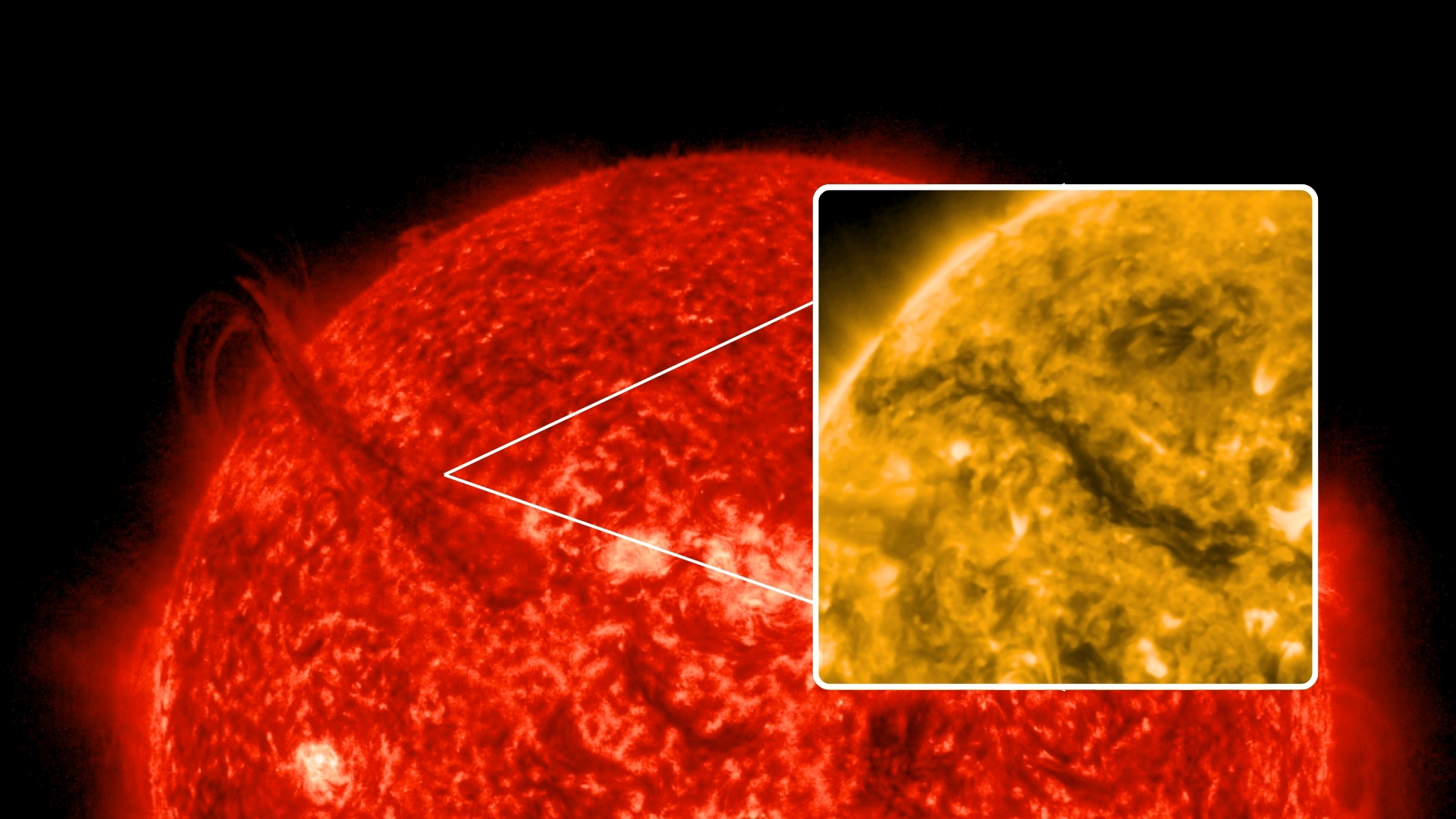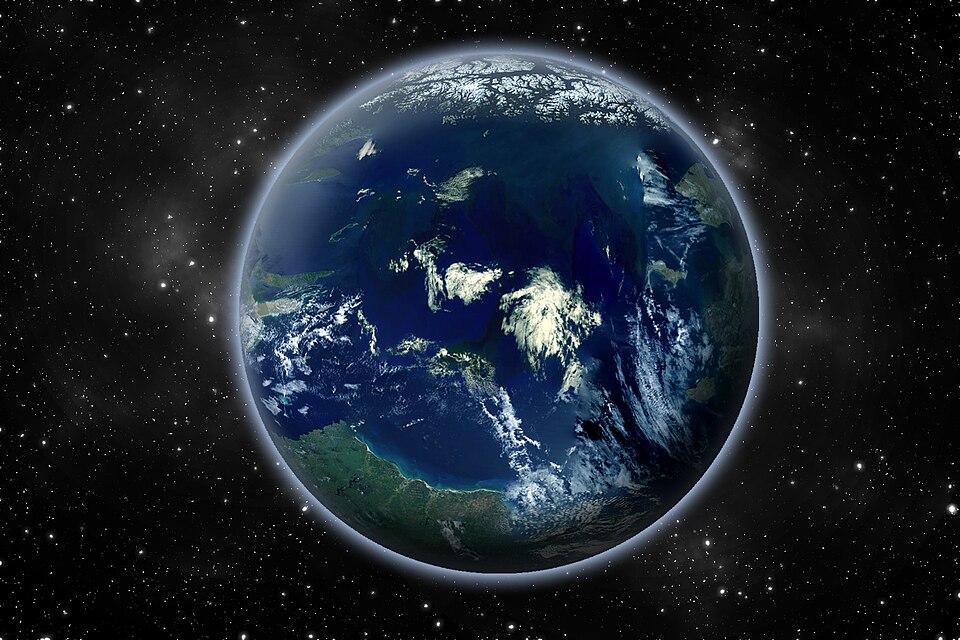A New Human Species: Homo Juluensis and the Fascinating World of Hominin Fossils

Imagine stumbling upon a lost chapter of human history buried in the sands of time—a chapter that could change everything we thought we knew about our ancestors. Well, that's exactly what's happening right now as scientists propose the existence of a brand-new human species, Homo juluensis!
For years, hominin fossils have mystified researchers with their enigmatic and unclassifiable nature. Denisovans, one of the most famous conundrums, might finally find their place in this new category. This revelation comes from a groundbreaking study by anthropologists from the Chinese Academy of Sciences and the University of Hawai’i, suggesting that many of these ancient puzzles may indeed be part of a new species: Homo juluensis.
The spark for this potential breakthrough occurred when researchers devised a fresh organizational system for fossils. They noted striking similarities among certain cranial and dental fossils, distinct from any known hominin species. This exciting discovery, published in renowned journals like Nature Communications and PaleoAnthropology, sheds light on a previously uncategorized chapter of our human story.
Unlike today, where Homo sapiens stand alone, Earth's prehistoric days were a vibrant tapestry of human relatives. The newly proposed species, Homo juluensis, whose name fittingly translates to 'big head,' roamed eastern Asia from 300,000 to around 50,000 years ago. They were skilled hunters, toolmakers, and even crafted animal hides to brave harsh winters. This new species revelation is a testament to the resilience and adaptability of our ancient cousins.
According to Christopher J. Bae from the University of Hawai’i, this discovery clarifies a muddled hominin fossil record, previously a catch-all for remains that didn't fit neatly into known categories like Homo erectus, Homo neanderthalensis, or Homo sapiens.
Some fossils long perplexing researchers, like those from Xujiayao, displaying mixed features of Homo erectus and Homo sapiens, might finally have a rightful place under Homo juluensis. While the theory is convincing, further research is essential before anthropologists confidently add Juluensis to the family tree. Yet, it feels like only a matter of time before this enigmatic tribe finds its home among the ranks of known human species.












